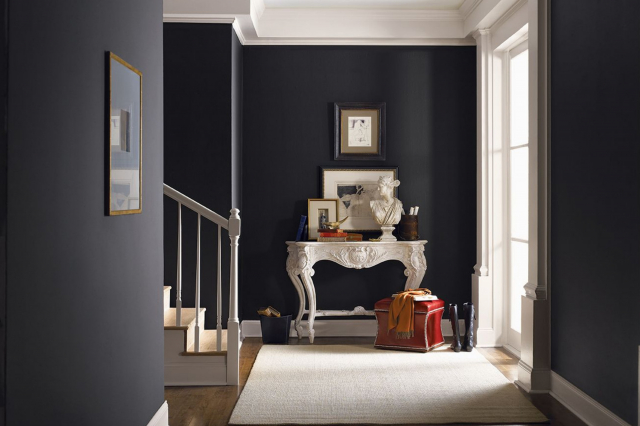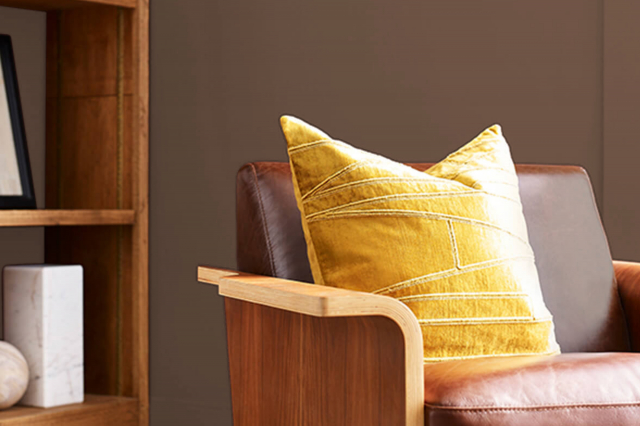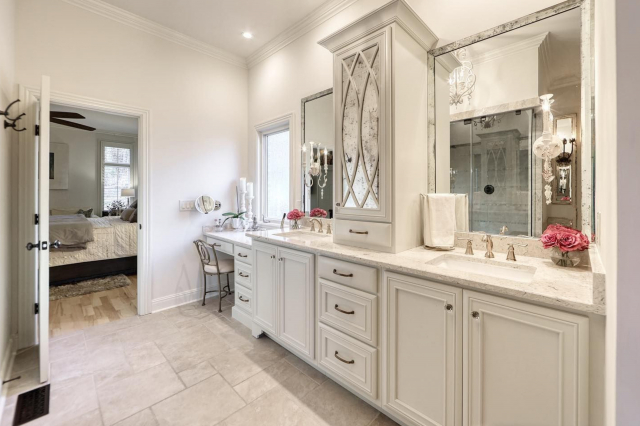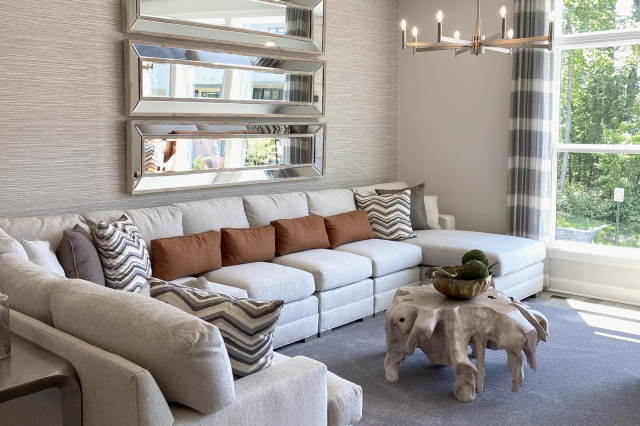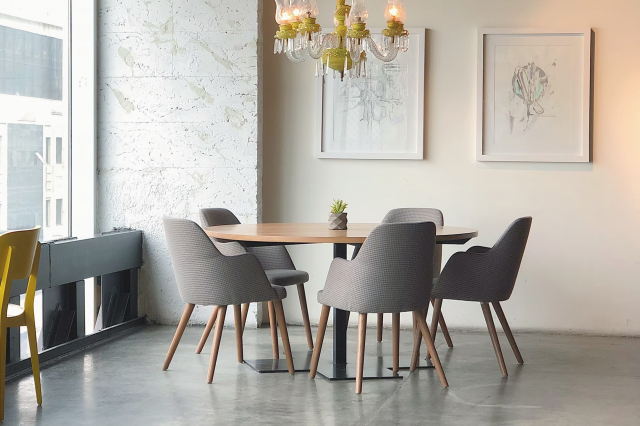You Won’t Believe What Shades Color Experts Say Will Bring You Down
Avoid These Shades for a Happier Home
Choosing colors for your home’s appearance can be an exciting journey. However, it’s also crucial to know which colors might create a somewhat gloomy atmosphere.
Color expert Karen Haller suggests that the impact of colors on us can be highly personal. Factors such as past experiences, cultural connotations, and our personal feelings towards a color can all play a role.
Color is an incredibly potent means of communication.
It can prompt us to act, alter our mood, and even induce physical changes in our bodies. Some colors can even raise our blood pressure, accelerate our metabolism, or tire our eyes.
Symbolic Color Meanings
Rachel Goldman PhD stated,
“Take a moment to think about a space you’re familiar with; is there a color that stands out in that space? Consider your clothes and how different colored clothing makes you feel when you wear them.Perhaps the next time you’re feeling kind of blah, think about this and see if your mood shifts by wearing a different color. Often, it’s the small things that can have the most significant impact.”
A 2020 study surveyed the emotional associations of individuals from 30 different countries. It found that people often link specific colors to certain emotions. The study revealed the following results:
- Black: 51% of respondents associated black with sadness
- White: 43% of people associated white with relief
- Red: 68% associated red with love
- Blue: 35% linked blue to feelings of relief
- Green: 39% linked green to contentment
- Yellow: 52% felt that yellow means joy
- Purple: 25% reported they associated purple with pleasure
- Brown: 36% linked brown to disgust
- Orange: 44% associated orange with joy
- Pink: 50% linked pink with love
Our feelings about colors can be very personal, shaped by our unique experiences and the culture we grew up in.
Let’s take the color white, for example. In many Western countries, it’s seen as a symbol of purity and innocence. But in many Eastern countries, it’s a color that’s linked with mourning. Isn’t it interesting how different our perspectives can be?
Angela Wright, a color psychologist, asserts that the impact of colors depends on their combination.
“A single color is unlikely to evoke an emotional response, but a harmonious blend of colors can stimulate a positive reaction.”
Each color brings its own little spark of emotion to the table, and when they team up with other colors, that’s when their magic really shines!
However, experts do suggest steering clear of some colors that might be a bit of a downer when sprucing up your home.
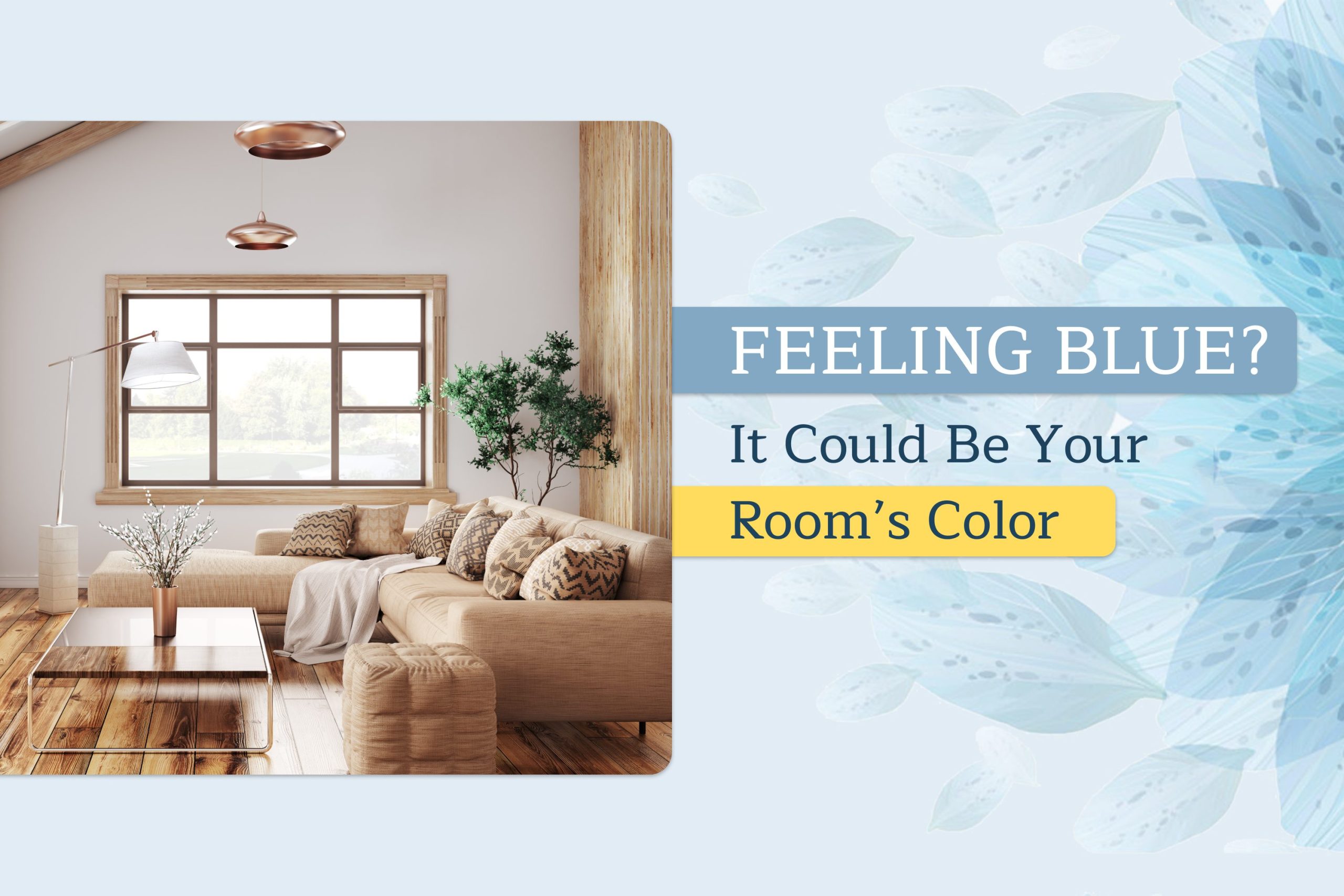
Housekeepingbay.com
Table of Contents
Black – The Color That Can Darken Your Mood!
In a 2020 study named “Feeling Blue or Seeing Red?” led by experimental psychologists, participants associated color samples with their feelings.
They found black was often associated with a host of negative emotions like sadness, regret, fear, and disappointment.
Nevertheless, don’t let that discourage you from considering black as a potential wall color.
After all, it’s all about your personal preference.
Pairing black with red, white, blue, or practically any color you can think of creates an eye-catching contrast that’s hard to beat.
Justyna Korczynska, a top designer at Crown Paints, has an interesting take: a monochrome color scheme with shades of black can actually have a calming effect.
She suggests a feature wall in black paired with a light neutral color, and throwing in some natural textures like rattan to add depth to your decor.

Credits: Freepik
When is Gray Too Much?
In the study “Feeling Blue or Seeing Red?” gray, much like its cousin black, was predominantly linked to negative emotions. In fact, 61% of participants associated it with feelings of sadness.
According to color psychologist Angela Wright,
“Too much gray can be depressing. The virtual absence of color is depressing, and when the world turns gray, we are instinctively conditioned to draw in and prepare for hibernation.”
But when used thoughtfully, gray can evoke a sense of calm and sophistication. It’s been a hot trend in interior design for the past decade, and for good reason.
Just take a peek at these ideas for Agreeable gray in the kitchen for some inspiration.
Ruth Mottershead, the creative director at Little Greene, has a great tip:
“Earthy, stonier tones provide a more comforting alternative to cooler gray choices. These warmer tones can be used in all areas of the home, enhancing warmth, relaxation, and a sense of cocooning.”
Why not give it a go? Perhaps a gray bedroom could be your ticket to a restful ambiance.
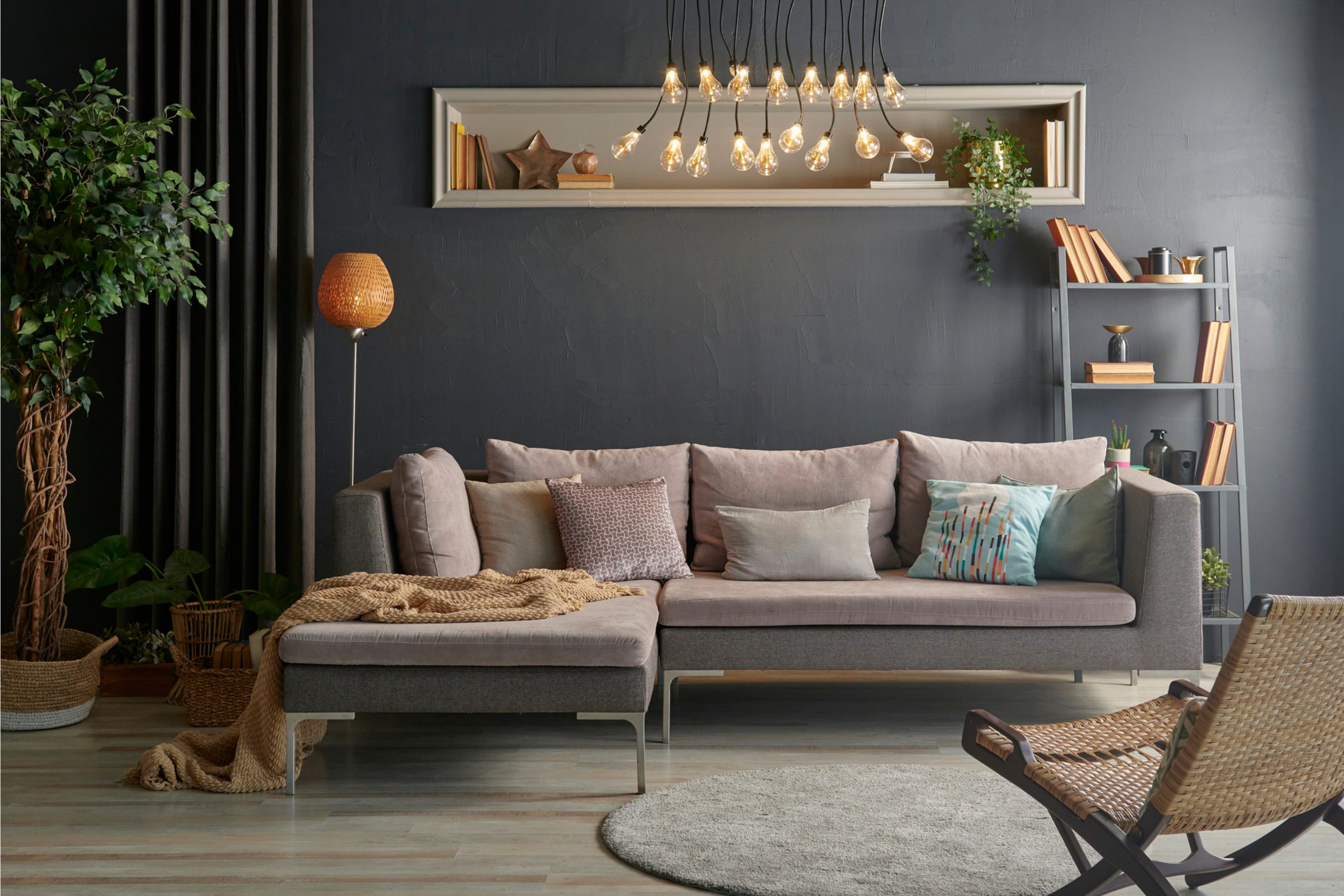
Credits: VistaCreate
Is Brown Bringing You Down?
Half of the people in the study associated the color brown with a feeling of discomfort.
It’s most likely due to its resemblance to waste or dirty water. But let’s not forget, brown is also the color of comfort foods like chocolate, and who doesn’t love chocolate, right?
Angela Wright had some interesting thoughts on this. She pointed out that brown can be seen as a bit serious, heavy, and unsophisticated.
But flip the coin and you’ll see that brown is associated with the earth and nature. It’s a color that many people find soothing, kind of like a warm, comforting hug. That’s a much more positive vibe compared to black, which can come across as a bit too intense.
So, if you’re thinking of using brown, why not pair it with softer colors like a gentle plaster pink or a rich cream?
This way, you can bring out the comforting side of brown while keeping things fresh and modern.
Just remember, it’s all about balance and avoiding stark contrasts.
[totalpoll id=”24173″]
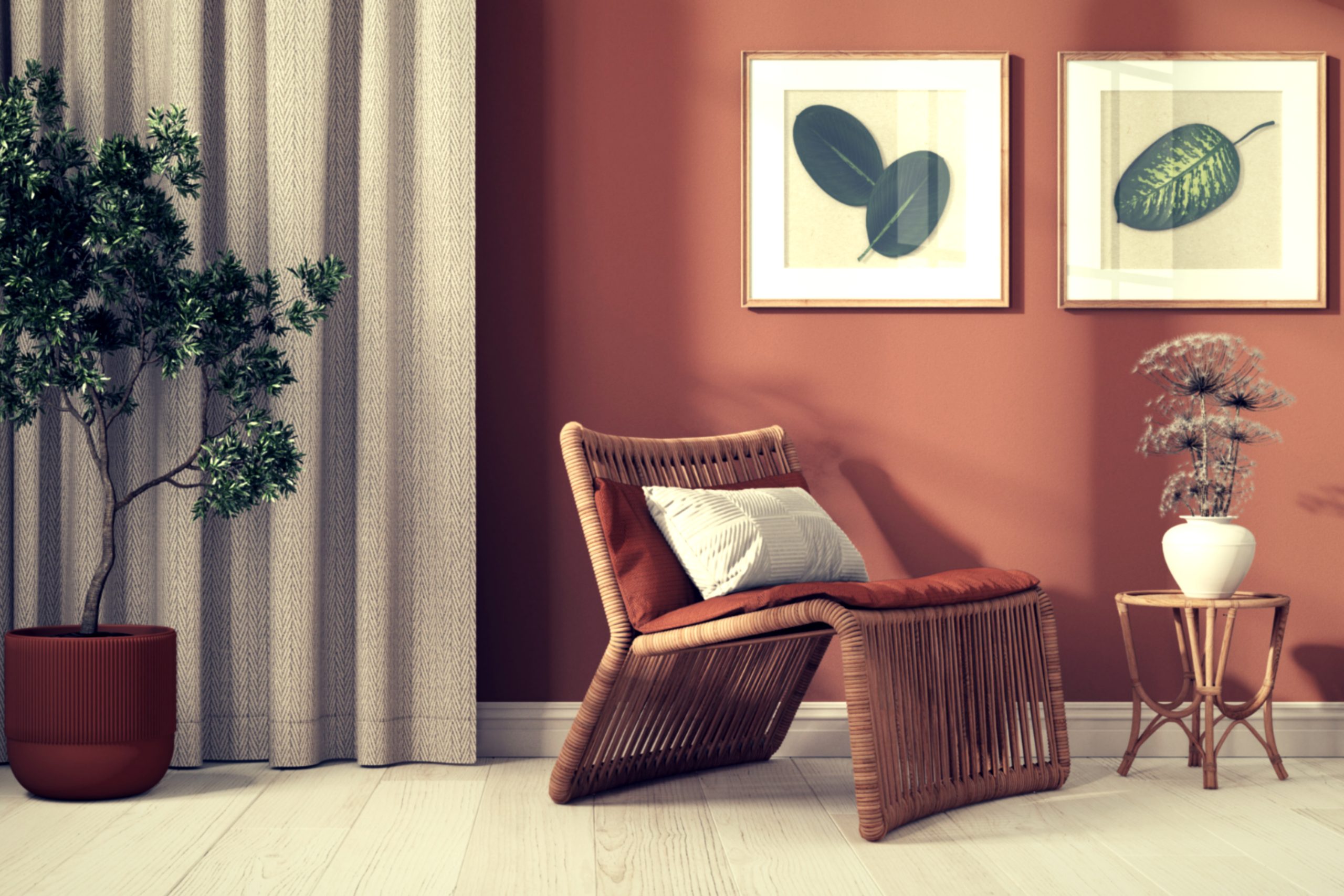
Credits: VistaCreate
Is Beige the Secret Mood-Killer in Your Home?
Does beige stir up mixed feelings for you? It’s often the go-to color for brightening up a gloomy space, but it can be, well, somewhat bland.
Farrow & Ball’s color curator, Joa Studholme, warns that relying solely on neutrals can inadvertently lead to a dull, uninspiring color scheme.
Instead, she suggests mixing neutrals from light to dark. This creates a soft contrast and makes things visually interesting. This way, your beige scheme will be anything but boring.
Justyna Korczynska recommends invigorating beige by pairing it with non-neutral colors. By contrasting it with blacks, browns, and other beiges, a room can be enlivened.
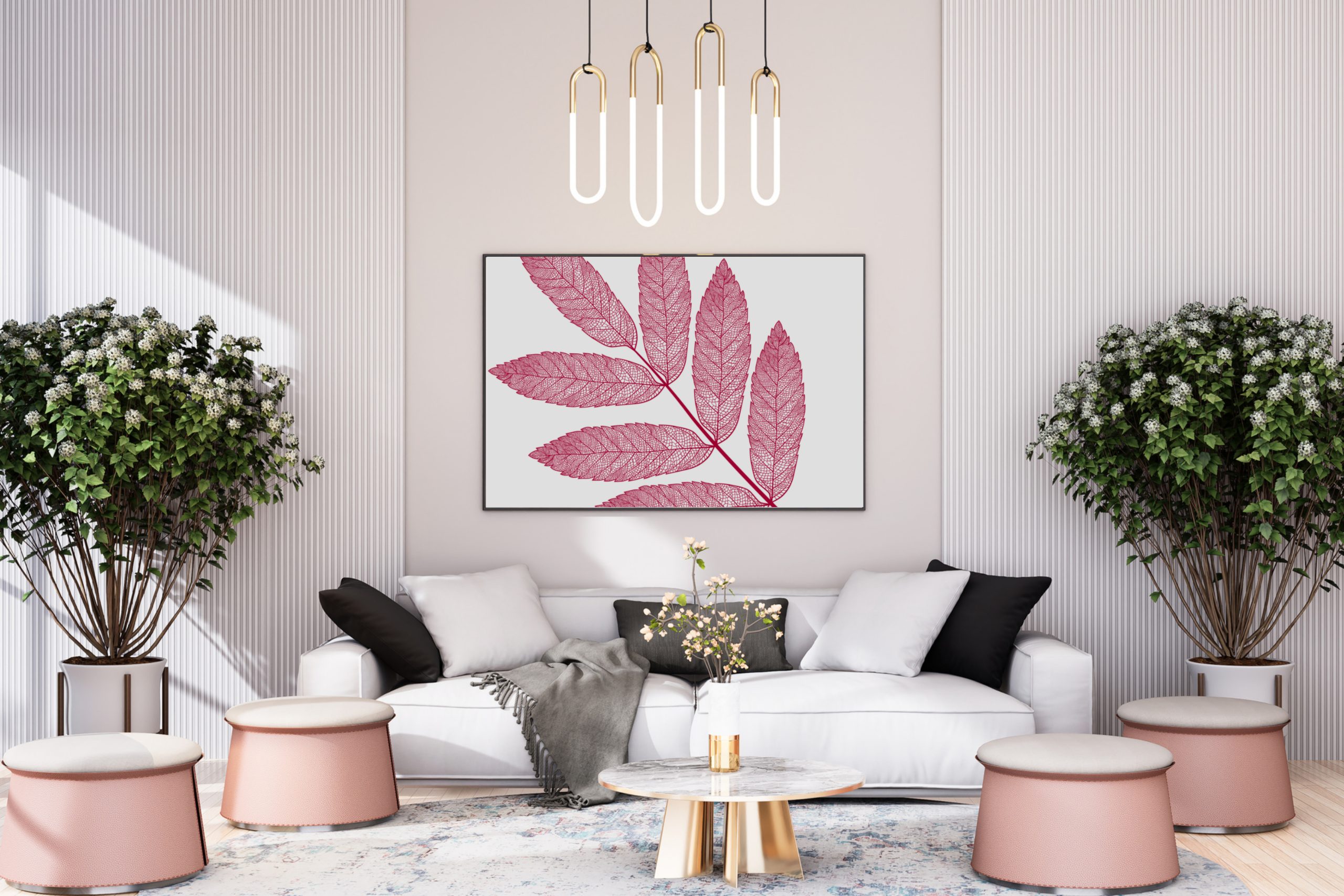
Credits: VistaCreate
Wrapping Up
Wrapping things up, colors have a unique way of impacting our moods and feelings.
According to experts and studies, it seems that some colors like blue, green, and beige can make us feel calm and positive, while others like black, gray, and brown might bring on some negative vibes.
But remember, colors impact everyone in their own unique way.
It’s all about personal experiences and cultural backgrounds.
So, when it comes to jazzing up your home, it’s key to pick colors that really speak to you and make you feel awesome.
Because at the end of the day, your home should be your happy place, where you feel totally relaxed and at peace.
Ever wished paint sampling was as easy as sticking a sticker? Guess what? Now it is! Discover Samplize's unique Peel & Stick samples. Get started now and say goodbye to the old messy way!
Get paint samples




Frequently Asked Questions
⭐How can color affect mood?
Color can greatly influence our mood and emotions. Certain colors, like blues and greens, can evoke feelings of calmness and relaxation, while others, like reds and oranges, can make us feel energized and alert. However, too much of any one color can become overwhelming and even lead to negative emotions. Thus, when decorating, it's important to create a balanced color scheme.
⭐What are negative mood colors?
The colors associated with negative emotions include red, blue, and black. Red can trigger feelings of anger, hatred, and aggression, and excessive use can leave one feeling exhausted. Blue is commonly connected to sadness, as reflected in the phrase 'feeling blue', although it can also evoke calmness. Black, while often associated with elegance and high quality when used sparingly, is also linked to death, danger, and depression.
⭐What colors symbolize anxiety?
Your personal experiences can make any color trigger negative feelings. Generally, if used excessively in a decor scheme, colors like red, yellow, and black can be overwhelming, particularly when combined. Angela Wright suggests avoiding black and warm yellow – signals of danger in nature – to prevent exacerbating anxiety.

